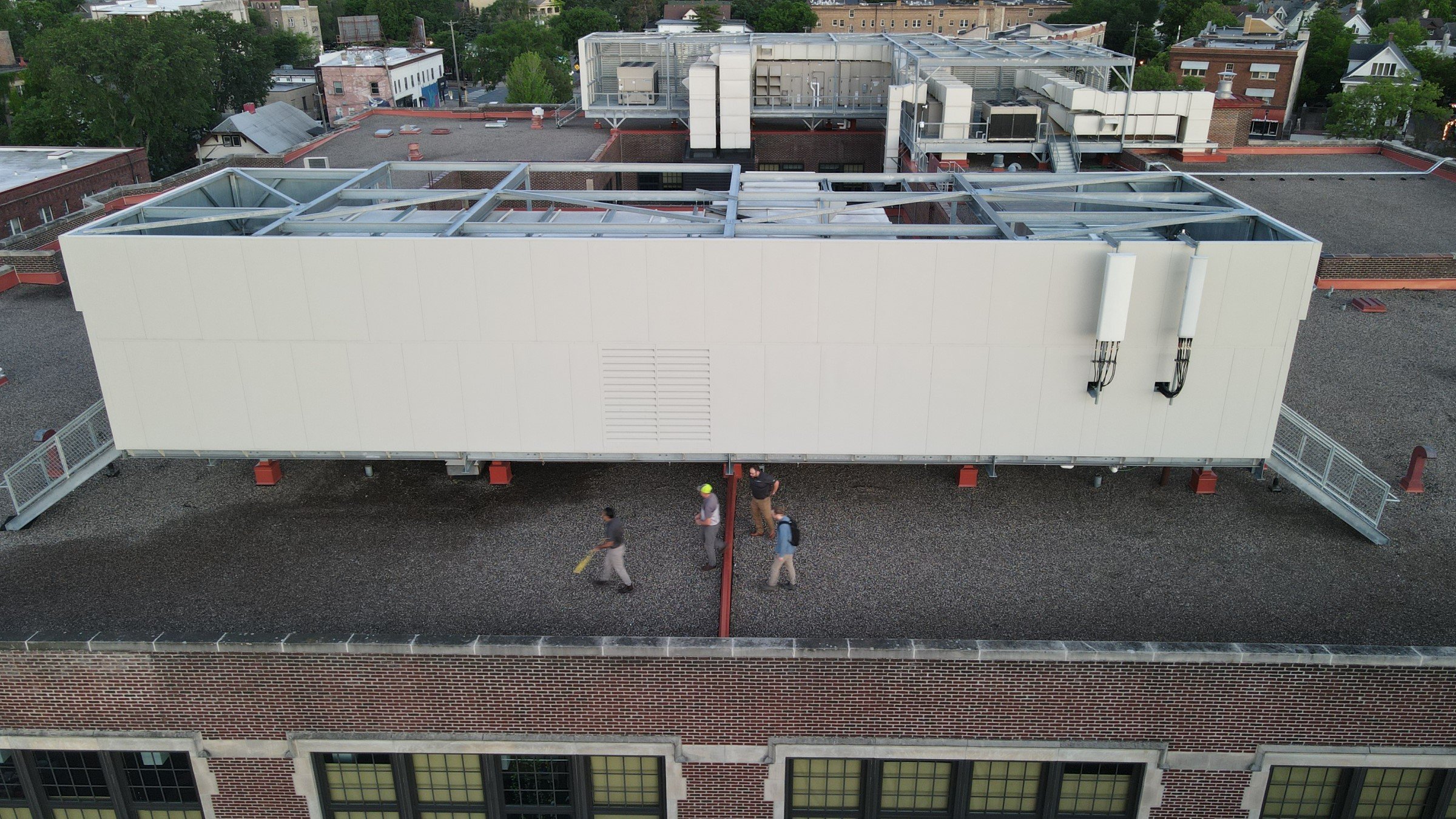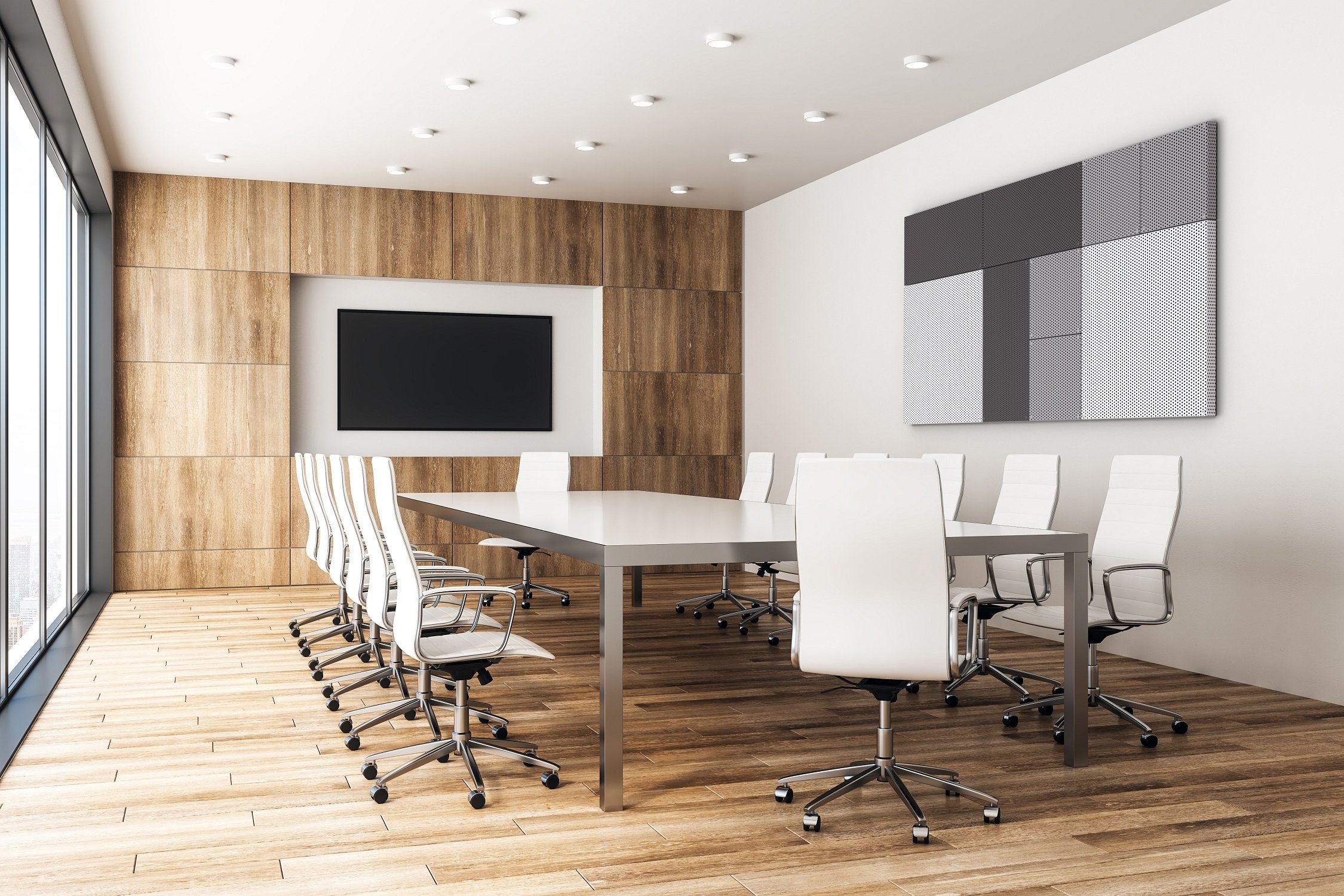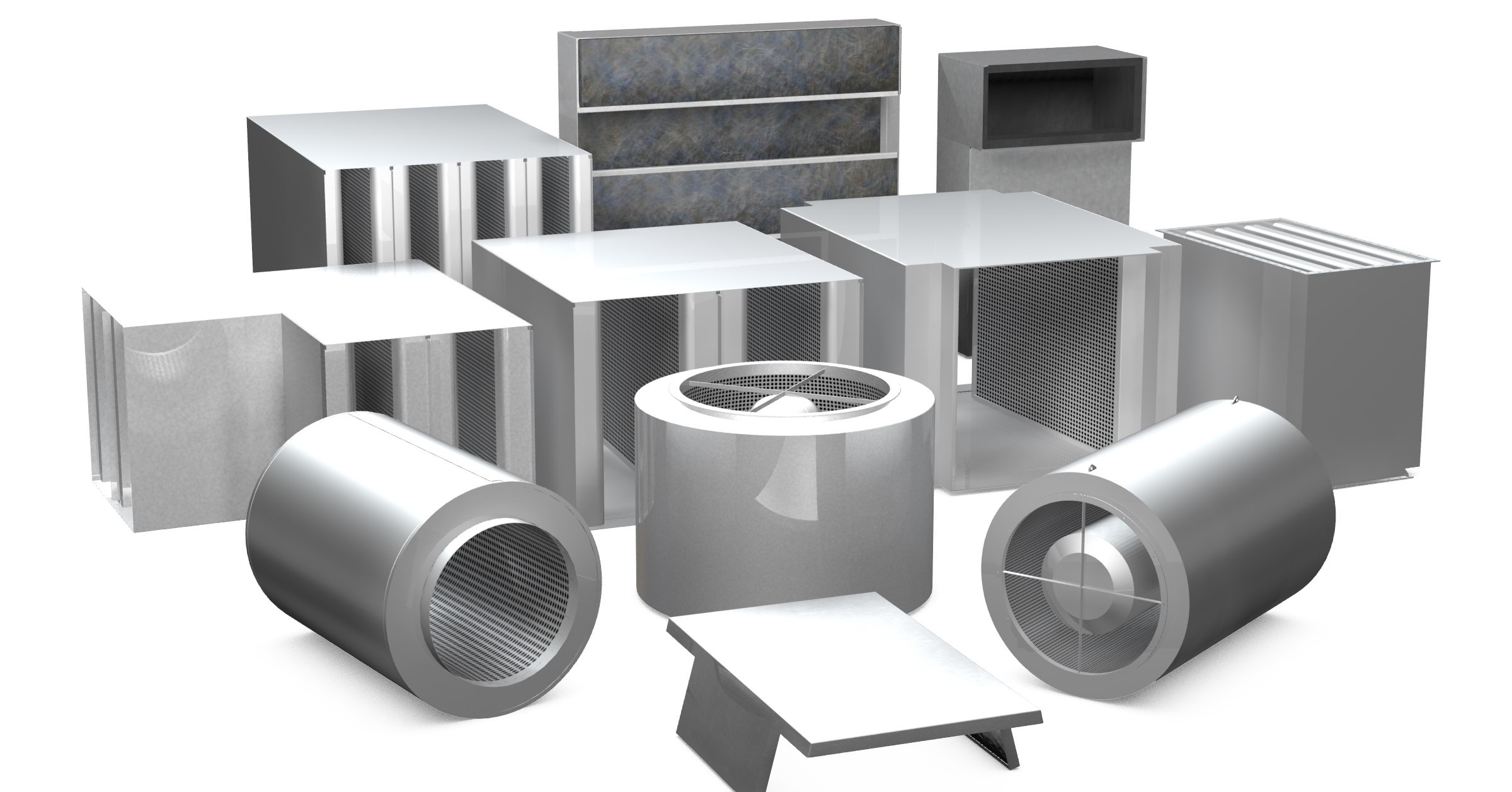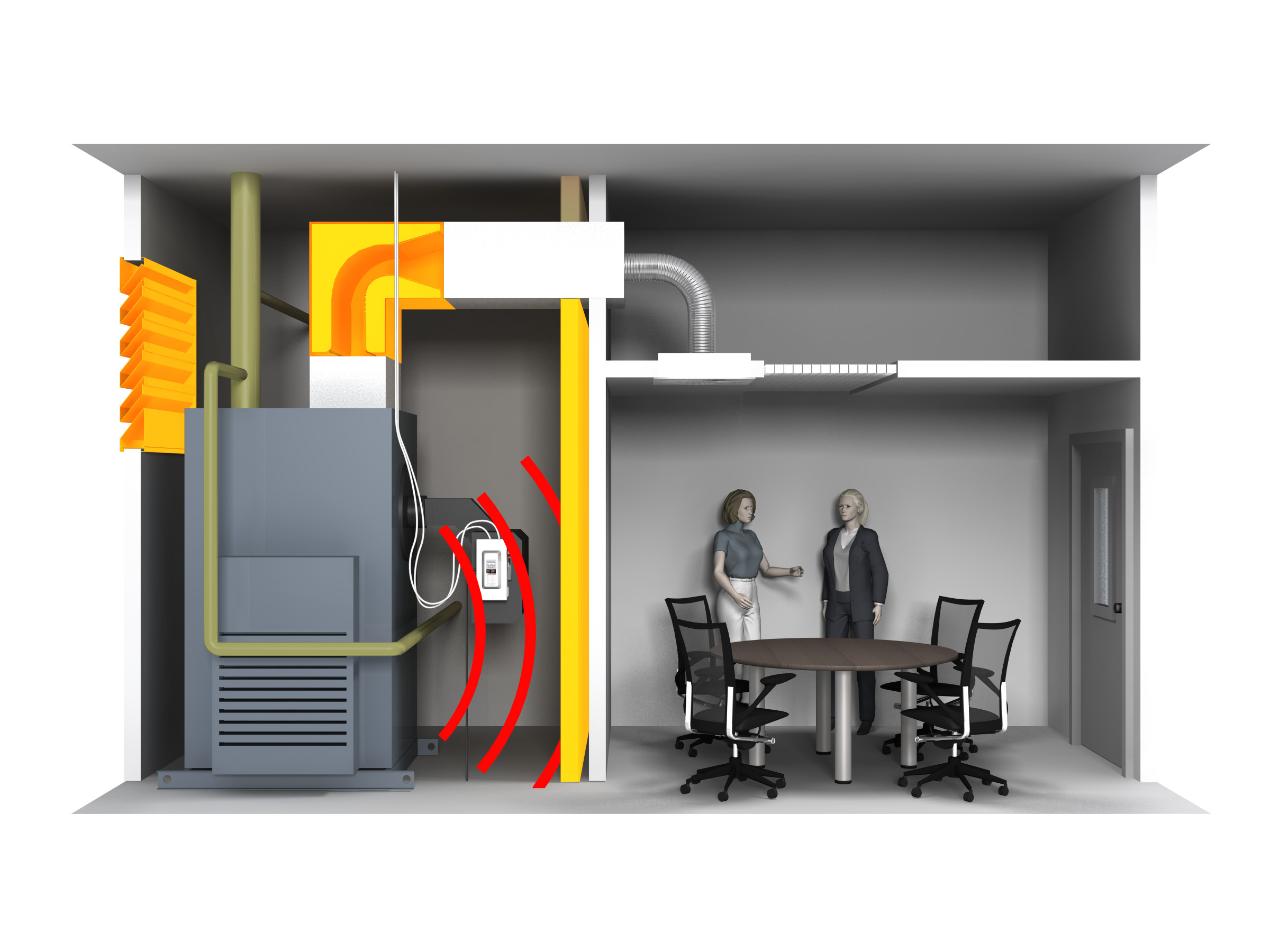Price Noise Control Team Delivers Custom Enclosure for Minneapolis School
Public schools play an important role in the communities they serve. More than just a place for students to learn, schools offer valuable extracurricular programs for young people and their families. They help foster a connection between the students and the world around them, and the best schools continually rise to the needs of their neighbors. That was the case in Minneapolis, MN, when Ella Baker Global Studies and Humanities Magnet School (formerly Jefferson Middle School) realized its HVAC system was causing too much noise.
Read More
Topics:
Acoustics,
Noise Control,
Noise Solution,
HVAC,
Engineering,
Design Engineering
Controlling Unwanted Noise from the Source to the Receiver
An acoustic panel is one of many names that describe a modular component used to block or absorb noise where it’s unwanted. Also known as a double-walled panel, sandwich panel, insulated panel, thermal panel, double-walled ductwork or plenum wall, this engineered building element contains or reduces sound energy at different stages along the path that sound travels from the source to the receiver.
Read More
Topics:
Acoustics,
Noise Control,
Noise Solution,
Background Noise,
Sound Absorption,
Acoustic Panels,
Sound Masking,
Reverberation Time,
Engineering,
Design Engineering,
Architecture
A Practical, Engineered Solution for Controlling Noise
Silencers, also referred to as sound attenuators or sound traps, are used as part of the HVAC system to reduce the noise that would otherwise be transmitted to the nearest indoor or outdoor space. In large commercial or industrial applications, silencers can be used in large banks to prevent noise from transferring into the environment.
Read More
Topics:
Noise Control,
Noise Solution,
HVAC Silencers,
Duct Noise Reduction,
HVAC Fundamentals,
HVAC,
Engineering
Noise is the number one occupant complaint.
Research indicates that hospital patients and staff, hotel guests, and restaurant diners complain about noise more than anything else. Noise can impact occupants by lowering productivity and increasing stress levels. This “invisible” problem is loud and clear.
Properly addressing all noise sources allows building occupants to be more comfortable and productive.
Read More
Topics:
Acoustics,
Sound Transmission Class,
Noise Control,
Noise Solution,
Acoustic Louvers,
Background Noise,
Noise Criteria,
Sound Absorption,
Acoustic Panels,
LEED credits,
HVAC Silencers,
Ceiling Attenuation Class,
Air Transfer Silencers,
Sound Masking,
Speech Privacy,
Reverberation Time,
Duct Noise Reduction,
LEED for Schools,
LEED for Healthcare






